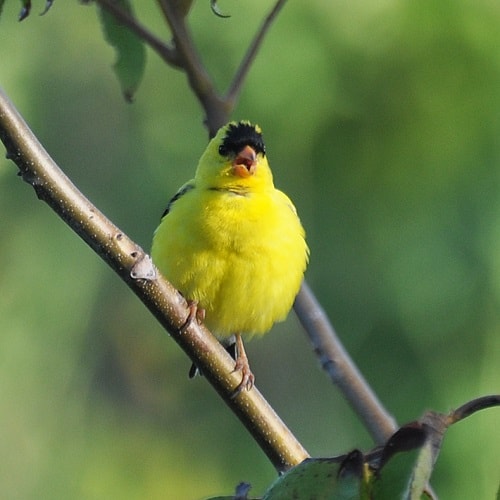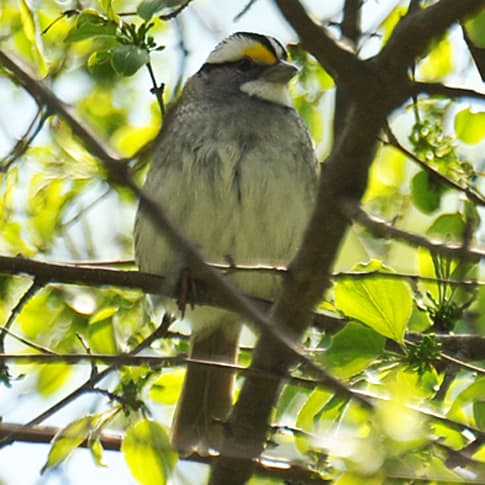In his newest book, Birdsong for the Curious Naturalist, Donald Kroodsma invites us to listen to bird sound not simply to make a quick species identification, but to listen “for deeper understanding of each singing bird,” encouraging us to think scientifically about birds through their songs by posing our own questions about the behavior weContinue reading “Anyone can listen with a scientific ear!”
Tag Archives: bird song
Do You Hear What I Hear?
The pandemic has found some of us out taking more walks than usual. In some places human noise has subsided and it’s possible to hear more nonhuman sound than usual. Perhaps you’re hearing more bird sounds and wonder what they are. Donald Kroodsma, an authority on bird vocal behavior, believes that “seeing bird sounds” isContinue reading “Do You Hear What I Hear?”

